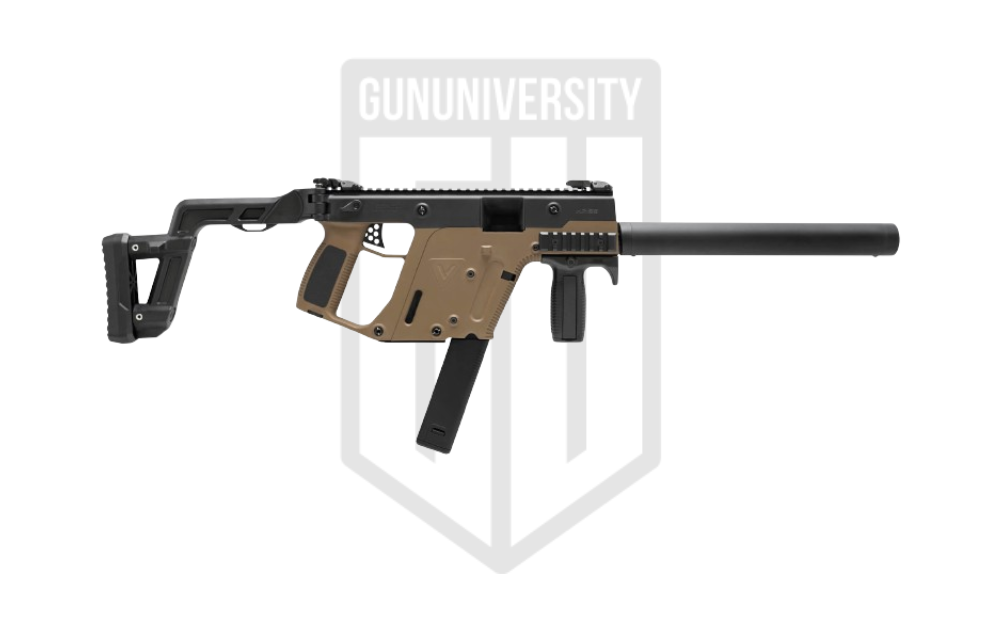Red Dot vs Green Dot: Your Guide
The world of reflex sights is a big one. It’s broad and full of optics, both large and small. We typically use the term ‘Red Dot’, and we apply that term red dot to optics that use dots in a multitude of colors. Today we can’t do that because we are talking about the differences between red and green dots in the world of reflex sights.
Red and Green dots are the two most popular colors for reflexive optics, and it’s easy to see why. Our eyes tend to see these two colors a bit better than others, and it makes sense to have a dot that’s easy to see. When you start shopping for a red dot, you’re likely to come across a variety of reflex sights offering you either a green or red reticle. If you’ve been wondering what the difference is, then you’ve come to the right place.
Favorite Options By Use
- SIG Romeo-MSR – The Budget Option
- Holosun 507C – The Pistol Optic
- Trijicon MRO – The Duty Grade Reflex Sight
- Eotech XPS2 – A Holographic Option
Benefits of a Reflex Sight
Reflex sights provide the simplest aiming solution possible. Reflex sights provide a reticle that simplifies the nature of optics. There are no sights to align, no eye boxes or eye relief requirements to abide by. All shooters need to do is put the dot on target and pull the trigger. (Assuming it’s zeroed correctly.)
Reflex sights work for a wide variety of tasks. For home defense, these things are perfect. When your adrenaline is rushing, your hands are sweaty, and your life is on the line, why wouldn’t you want something as simple as a reflex sight on your weapon? For brush hunting, a reflex sight makes things quick and easy. For teaching new shooters, a red dot is vastly superior for new shooters than iron sights.
Reflex sights rule, and you have hundreds of options out there to choose from. I can’t make all those choices for you, but I can tell you the differences, advantages, and downsides when it comes to dot color.
Where Red Dots Shine

Red dots are clearly the more common reflex sights on the market. So much so they’ve become the moniker which we use to describe all reflex sights. Red dots do offer a substantial number of advantages to the world of shooters.
First and foremost, the red dot stands out. It grabs the eye and forces you to see it. Red isn’t a hugely common color in the world, so there is little for it to wash out on. Unless you are aiming at a target in a sea of brake lights or against a Coca-Cola sign, you’ll be able to see your reticle.
Green, on the other hand, can wash out against nature. A nice spring day might make it a little more challenging to find that green dot when faced with trees, leaves, weeds, and grass. For most, this isn’t a big concern, but for hunters it’s worth noting.
Red dots also eat less battery. In the early days of red dots, this was a major reason why companies like Aimpoint used red dots over green dots. Battery life was already a major issue back then, and they wanted to squeeze out as much battery life as possible. That’s why optics like the Aimpoint CompM4 lasts for years with continuous use.
As an example of the battery life difference, let’s look at the Trijicon MRO. The MRO red dot will last for five years of continuous use, on the green dot variant, battery life is only one year.
Red dots can also work with all night vision devices, but the dot has to be night vision compatible. Some dots do not get dim enough for night vision use, as such, they can damage your night vision device.
Red dots are also the much more common option, which allows the red dot market to have options at every price point. If I wanted a budget grade reflex sight, I’d likely choose a budget red dot over a budget green dot because of the options out there, and if I’m on a budget, I don’t want to swap batteries often.
Where Green Dots Shine
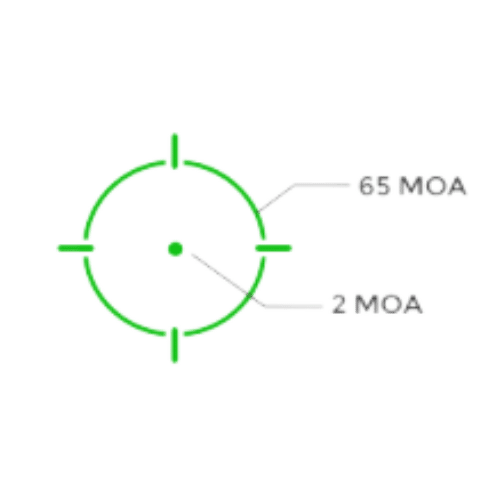
Green dots shine brightly! In fact, they shine brighter than red dots. The green dots tend to have a broad scale of brightness on both the bright and dim sides. Green dots can get super bright, and when shooting in desert environments or other bright areas, this can be quite valuable.
As a color, green is also quicker for our eyes to acquire and see. Green dots pop well, and you can’t miss the dot once it’s fired up. Green dots provide a more relaxing color to the eye and cause less strain than a red dot.
I remember back in my Marine recruit days when we snapped in on a white barrel for dry fire practice. Our Primary Marksmanship Instructor would advise us to take a break and stare at the glass to relax our eyes after looking at that white barrel for an extended period. It makes a difference for extended use, especially in low light conditions.
Astigmatism sufferers can benefit from a green dot over a red dot. However, another big but here is the reflex sight quality which is more important than dot color. A high-end red dot will outperform a low-end green dot for astigmatism sufferers. However, a high-end green dot provides a more comfortable dot than a high-end red dot for those with astigmatism.
Green dots and night vision have a complicated relationship, most will work with most night vision devices. The downside is if you are using ANVIS lenses, then green dots won’t show at all. Under other devices, green dots work extremely well under night vision.
It’s also more comfortable to transition from green night vision to a green reticle than going from green-tinted night vision to a red dot.
My Favorite Red/Green Dots
Now that you know the difference between red and green dots, I can suggest a few of my very favorite red and green dots. The following optics have options for both red and green dots, and you can pick and choose between the right optic and right color dot for you.
SIG Romeo-MSR – The Budget Option
The SIG Romeo-MSR is SIG’s budget option for reflex sights. It’s cheaper than even the SIG Romeo5 and has taken first place as my very favorite budget reflex sight. I tortured the heck out of one of these, and it still works. I dropped it, kicked it, heated it up, submerged it in water, froze it, and literally shot it with a shotgun. I laid some serious hate on it.
It still works and even held zero through everything but the heat testing. It’s a tough optic that does the very basics of being a reflex sight well. The sight packs a 2 MOA dot, backed by ten daylight settings and two-night vision settings. Impressive for a budget optic. I’ve pushed it on everything from a PCC to a 308 AR and a 12 gauge shotgun, and it keeps chugging along.
If you hate big heavy optics, then the SIG MSR will appeal to you. At 3.1 inches long and weighing only 4.9 ounces long, it’s a compact red or green dot for all your shooting needs. The downsides are few but notable. The included lens caps are hard to attach, and the illumination ring is stiff as hell.
It comes with an AR height sight, and attaches, zeroes, and is used with ease. You can combine the SIG Romeo-MSR with a magnifier if you desire. It’s a modern option that provides you a budget choice for home defense, hunting, or plinking.
SIG Romeo MSR Pros and Cons
- Durable
- Lightweight and Compact
- Affordable
- Poor Ergonomics
SIG Romeo-MSR Deals
-
$90.99
-
$124.99
-
$149.99
2. Holosun 507C
Holosun 507C
An open emitter red dot sight available in either red or green with either with a multi reticle system that has 2 MOA dot and a 32 MOA circle.
Holosun 507C – The Pistol Optic
The Holosun 507C is such a Trijicon RMR killer that Trijicon sued them over it. The little Holosun 507C has continually left me impressed by its design, durability, and features. It’s small enough to be easily used on a handgun but versatile enough for rifles and shotguns too. In fact, I took it off my Glock and attached it to my Benelli M4.
Features worth noting on the Holosun 507C includes the multi reticle system. This allows users to choose between a 2 MOA dot, a 32 MOA circle, or a combination of the 32 MOA dot and 2 MOA circle. I love the circle reticle for my shotgun and have patterned my chosen buckshot load inside that circle at 15 yards.
The 32 MOA circle reticle also makes the optic easier to use for those suffering from astigmatism. These huge dots provide a quick and easy to acquire reticle in both green and red dot options. These reticles are insanely clear and very crisp, especially when you consider the relatively low price point.
Since it uses the Trijicon RMR footprint, you can toss it on a wide variety of handguns and long gun mounts without issue. Another awesome feature is the solar panel that provides a secondary source of power when it’s outside. It’s handy and certainly helps increase the battery life of your optic.
Holosun has an awesome option for those seeking a red or green miniature red dot sight.
Holosun 507C Pros and Cons
- Multi-Reticle System
- Solar Panel
- Affordable
- Newer models have super small buttons
Holosun 507C Deals
-
$339.99
Trijicon MRO – The Duty Grade Reflex Sight
The Trijicon MRO series popped up a few years ago and remains painfully underrated. It’s tuff to stand out in the premium reflex optic, but the MRO finds a way. The latest Generation 2 variant might be the very best optic out there for use with a magnifier. The superbly clear lens grants you a wonderful view with an extremely crisp 2 MOA red dot.
The optic offers a huge viewing area for a compact optic. The minimalized frame construction reduces the tube effect when gazing through the optic. It cuts out a lot of peripheral vision blocking optic and feels natural. Trijicon utilized 7075 aluminum to ensure it’s a rugged and waterproof optic but also found a way to ensure it weighs only 4.1 ounces.
It’s a tough optic designed for duty use. The optic can be submerged to 100 feet in water and can take a ton of abuse from drops, falls, and generalized abuse without worry about the optic failing. While the optic’s basic model comes in green and red, the HD model with the complicated reticle only comes in red.
The MRO is a rifle optic through and through, and users have the option to choose between a variety of different height mounts. That’s valuable because not everyone’s using a AR 15 and need an AR height optic. Maybe you want to use it on a Scorpion, or maybe an AK? Well, there are plenty of options to give you the right height optic.
Trijicon MRO Pros and Cons
- Extremely Durable
- Very Clear
- Lightweight
- Ergonomic
- Expensive
Trijicon MRO Deals
-
$469.99
-
$549.99
-
$409.99
Eotech XPS2 – A Holographic Option
The EOTech XPS2 is not your normal ‘red dot’ optic. In fact, it’s a holographic optic, but it still fits the term reflex sight. As a holographic sight, the means to create the image is more complicated and ultimately more durable. Heck, you can smash the lens, and it won’t interrupt the optic’s function. The EOTech XPS2 is a compact variant of the famed Eotech optics and requires very little rail estate to mount it.
This model is the lightest and most compact Eotech design, and I like my optics light and handy. Like all Eotech, it gets a built-in mount and ambidextrous rear-mounted controls.
The XPS2 packs the famed -0 reticle that consists of a 68 MOA ring and 1 MOA dot in the center. The design size is purposeful, and the 68 MOA dot allows the reticle to be used as a range finder. The height of an average man will fill the circle at 100 yards, and at 200 yards, he’ll fill from the dot to the bottom, and so on and so forth.
It’s a super handy reticle that’s also very easy to use. At a super close range, you can fill the circle with your target and let the lead fly. At longer ranges, the 1 MOA dot provides a small and crisp aiming point. For precise close-range shots, the bottom stadia allows you to compensate for mechanical offset. It looks simple but provides a truly multipurpose reticle for modern shooters.
The holographic nature of the optic means it works perfectly with those who suffer from astigmatism. This reticle also works wonderfully with a magnifier too and gives you an awesome moderate range rifle optic.
Eotech optics have a long history of success with military and police forces. These are very tough rifle optics that provide shooters with awesome home defense and duty-grade optic options in either red or green reticles.
Eotech XPS2 Pros and Cons
- Holographic design
- Compact Design
- Durable
- Low Battery Life
Eotech XPS2 Deals
-
$549.00
-
$579.00
-
$669.00
What About Other Color Dots?
Red and green might be both Christmas colors and the most common reflexive sight color, but they aren’t the only option out there. In fact, both blue and gold/amber reticles exist.
Blue dots tend to be found in cheap reflexive sights. Not budget reflexive sights, but in airsoft quality sights. Also, for some reason, blue dots are huge in Call of Duty Warzone. We don’t see blue as well as red or green, but it could be used successfully. There doesn’t seem to be much real-world demand for blue dots, and they aren’t as effective as red or green dots.
Amber and gold dots have found their way into Trijicon and Holosun optics as of late. These colors do have some limited benefits over red or green reticles. Amber or Gold reticles can be seen by those with color blindness more efficiently than red or green in some shooters. Another proposed benefit is the fact that gold and amber don’t pop up much in nature. As such, the reticle is unlikely to blend in.
Gold and amber dots have downsides involving battery life and wash out. Battery life is much shorter with a gold or amber dot. Battery life is cut in half from a red to gold dot. Another issue is the fact that gold or amber reticles also wash out in super bright light. This can be a big issue when you are aiming into a bright environment from a dim environment.
Choose Your Color
While red might dominate the world of reflex optics, green is quickly catching up. Green dots have become much more common, and as such, you can find an option for nearly any task. Reflex sights provide shooters with an incredibly intuitive optic option that can’t be beaten for close-quarters shooting. When you choose one, you’ll need to consider your mission, your weapon, and the dot’s quality on top of what color reticle you’d prefer.
Hopefully, you can now make a more informed decision. If you have any questions feel free to ask below. If you have any advice for our readers, drop it below as well!
Recent Posts
December 27, 2025
December 27, 2025
December 20, 2025
December 15, 2025

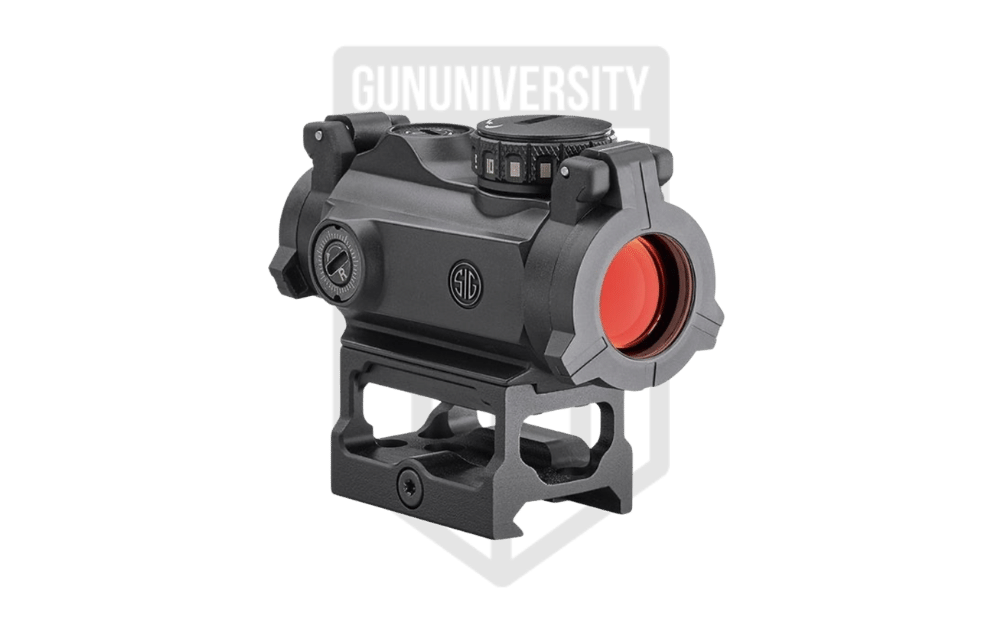
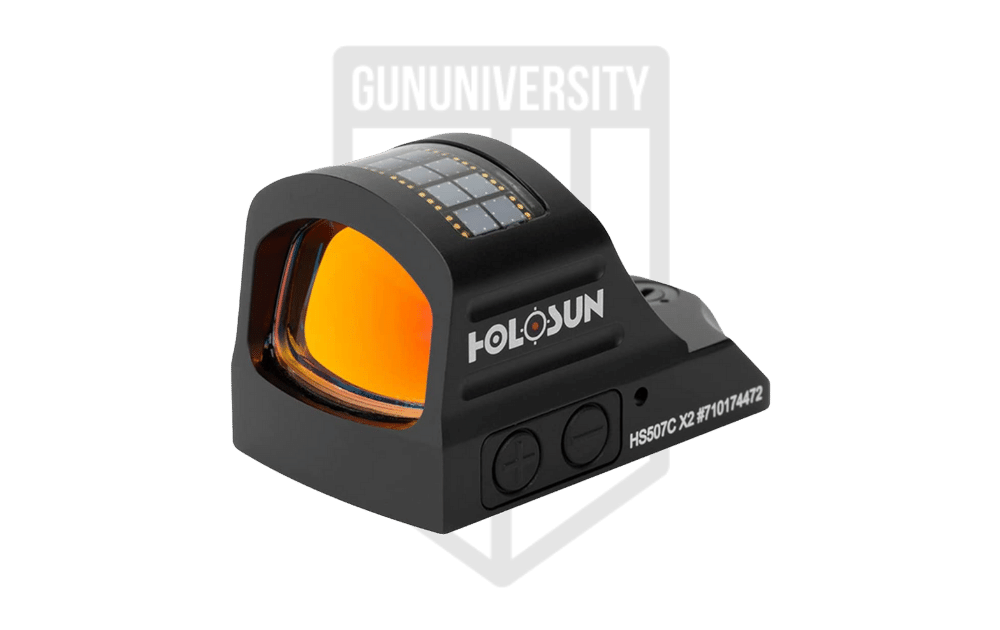
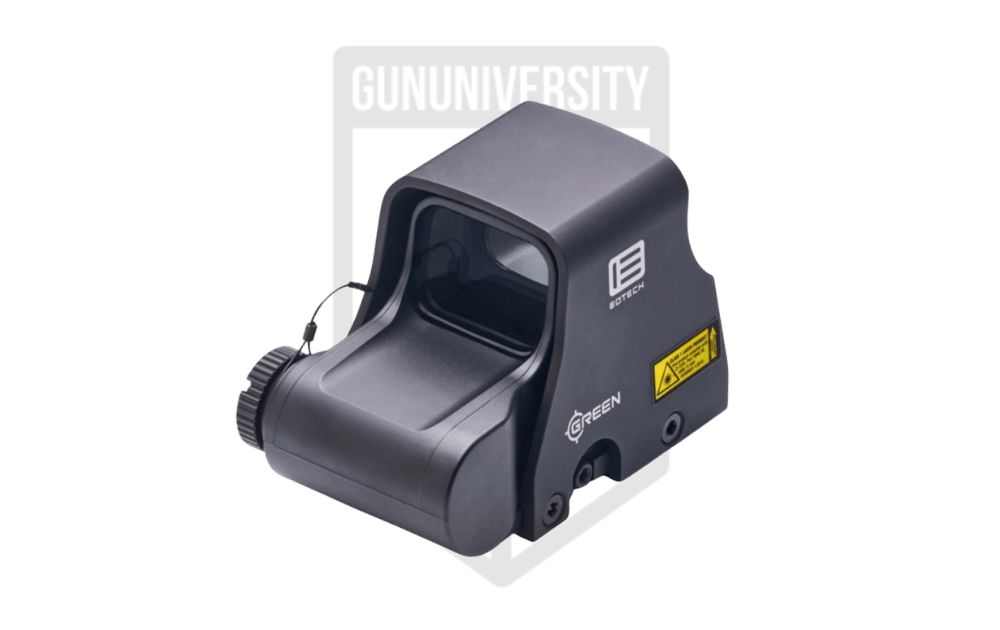
![AK versus AR [East Meets West]](https://gununiversity.com/wp-content/uploads/2022/06/AR-vs-AK-Featured.png)
